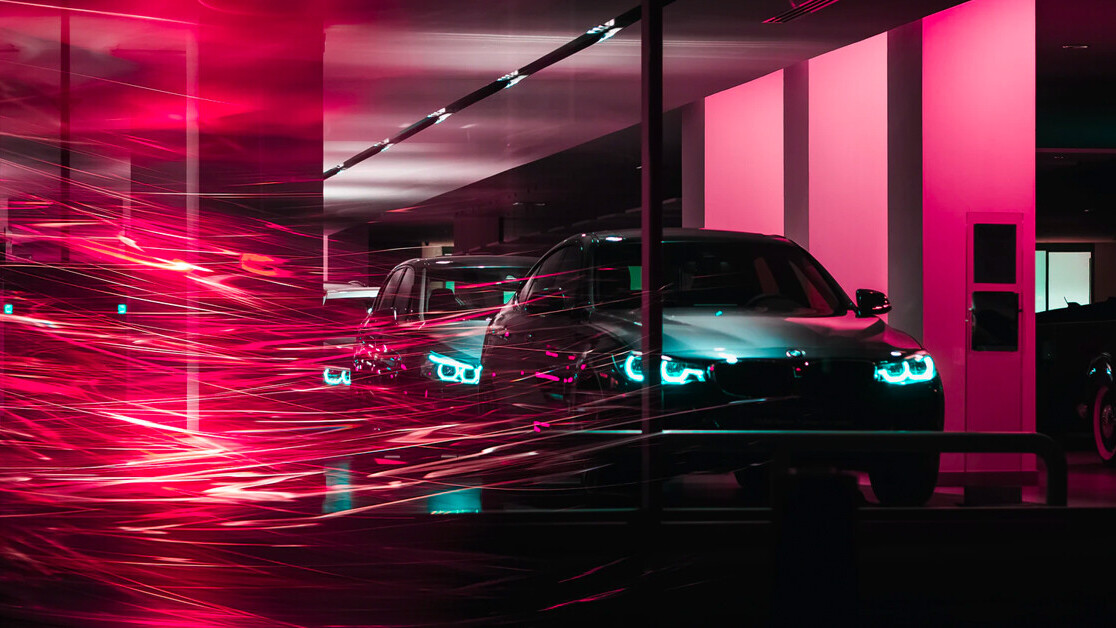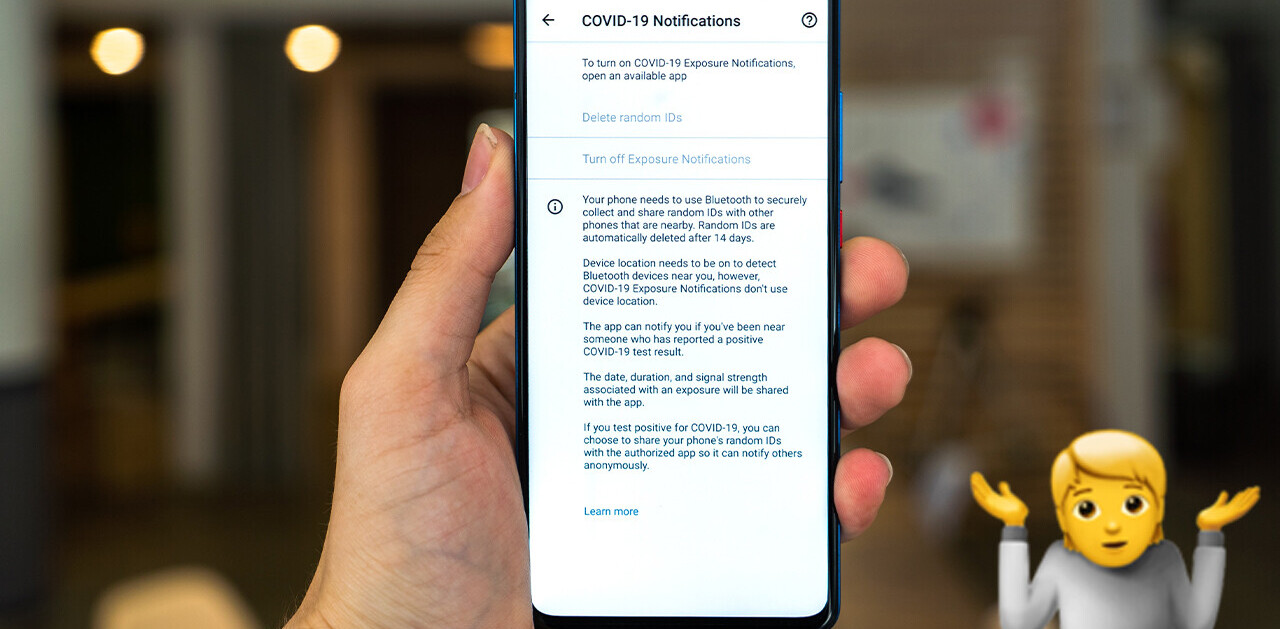How often do you get a second chance in life? Automotive OEMs have always been strong in professionalizing their traditional business model, focusing on volumes and pure product selling. However, looking at the numbers, their sales have been struggling in recent years, even before COVID-19.
Digital trends and the impact of COVID-19 on the mobility market
Why so? The mobility market has been disrupted by many new mobility players, which have leveraged recent digital trends to take over customer interface and passengers. For example, there’s Uber, Didi, and Gett getting away from car ownership…Lilium, Bird, and EHang exploring new urban transportation modes… or Moovit and Waze leveraging the power of mobility data.
However, a silver lining of COVID-19 for OEMs may be that it is providing them with a second chance: decreasing ridership and limited cash reserves bring new mobility players to a survival struggle while trying to adapt their business models which are not sustainable anymore. This is a historic occasion for OEMs to reinsert themselves back in the market.
The 4 OEM archetypes
How can then automotive OEMs do that? Evolving from the traditional pure volume-selling business model, OEMs can adjust their business model and follow 4 future-oriented archetypes to redefine their positioning in the industry:
- Smart car: The future starts with a smarter and connected car. The business model is still the traditional one, focusing on car sales. Additional digital on-demand services are offered on top, for extra fees.
- Car-as-a-service: The first step away from car ownership. The car is offered as an all-inclusive subscription package which offers additional flexibility (e.g. I can switch a car if I get tired of the color, or if I need a bigger one for holidays).
- Mobility-as-a-service: The car is now shared and part of a seamless door-to-door mobility solution, throughout different transportation modes. Integrated booking and ticketing are also offered via a central platform/app.
- Vehicle-as-a-Platform: A long-term futuristic archetype, an ecosystem that has an autonomous key device. Personal mobility becomes only one of many daily-life use cases, such as grocery shopping or school pickups.
This article was written by Philipp Grosse Kleimann, Senior Partner & Global Head of Automotive & New Mobility, Siemens Advanta Consulting on The Urban Mobility Daily, the content site of the Urban Mobility Company, a Paris-based company which is moving the business of mobility forward through physical and virtual events and services. Join their community of 10K+ global mobility professionals by signing up for the Urban Mobility Weekly newsletter. Read the original article here and follow them on Linkedin and Twitter.

SHIFT is brought to you by Polestar. It’s time to accelerate the shift to sustainable mobility. That is why Polestar combines electric driving with cutting-edge design and thrilling performance. Find out how.
Get the TNW newsletter
Get the most important tech news in your inbox each week.






